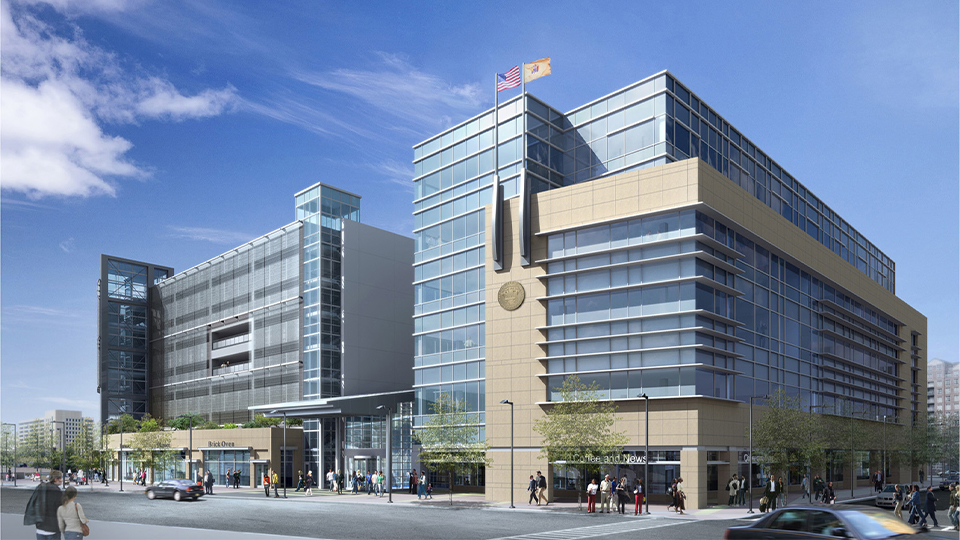Legislation enacted in early 2019 revived the P3 (public-private partnership) conversation in New Jersey, with DMR, a longtime supporter of the model, leading the way through a variety of advocacy efforts, including published media, conference involvement, and webinars.
The P3 business model allows for public projects to be undertaken via a design-build-finance-operate-maintain methodology, rather than the traditional design-bid-build approach. Dating back as far as 2009, DMR encouraged the use of the P3 model, at the time through the Local Redevelopment and Housing Law. With the design-build construction approach a significant aspect of the model, and with a uniquely qualified staff of professionals with municipal government, real estate development, land use law, planning and financial budgeting and analysis experience, DMR is ideally qualified to help lead the way in P3 advocacy.
“As supporters of the model for more than 10 years, we are excited to finally have an enthusiastic audience to share our knowledge with,” said Lloyd A. Rosenberg, AIA. “P3 legislation has been on our radar for years and we are excited to finally see its impact.”
A roundup of advocacy efforts includes:
- A professional development seminar at the New Jersey League of Municipalities Annual Conference, “Is A P3 Right for Your Infrastructure Project? A Case Study” (November 2023)
- A byline by Charles H. Sarlo, Esq., “Municipal Capital Projects: Newfound Alternative Procurement,” published in New Jersey Municipalities. (October 2023)
- A professional development seminar, “Options for Capital Projects: P3, Redevelopment, LPCL,” at the Rutgers University Public Purchasing Educational Online Forum (April 2021)
- Two consecutive years of involvement in New Jersey Alliance for Action’s P3 conferences, including the “The Impact of Encouraging P3’s on Government Owned Energy Infrastructure Projects” (June 2020) and the “Public-Private Partnership Conference” (March 2019)
- A professional development seminar at the New Jersey League of Municipalities Annual Conference, “P3 and Municipal Projects, Perfect Together?” (November 2019)
- A feature article published in Real Estate New Jersey, “New state law for public-private projects is an opportunity for design, construction firms” (April 2019)
- A byline by Charles H. Sarlo, Esq., “Public Infrastructure Procurement: A Whole New Ball Game?” shared on the DMR blog and originally published in the NJAC County Biz newsletter. (April 2019)
- A byline by Charles H. Sarlo, Esq., “Municipalities and P3,” published in New Jersey Municipalities. (March 2019)
- A forecast from Lloyd A. Rosenberg, AIA in the ROI-NJ 2019 Real Estate Predictions that “Public-private partnerships and design-build programs will become more prevalent…and establish themselves as common, rather than exceptions, in the development realm, especially when it comes to public buildings.” (January 2019)
- Involvement in a New Jersey League of Municipalities webinar, “P3 Potential: The New Law and Your Municipality” (December 2018)
- Professional development seminars at the New Jersey League of Municipalities Annual Conference (November 2016) and New Jersey Association of Counties Conference (June 2017), “Infrastructure Public-Private Partnerships, its Role in the Future of New Jersey and its Benefit to Municipalities,” (November 2016).
This post was originally published in March 2019 and is periodically updated. (Most recent update November 2023).








